Curious Questions: Do carrots really help you see in the dark?
We've all been given the familiar advice by parents anxious to get us eating our vegetables, but is there any truth in it?


‘Eat up your carrots’, I was told as a child. ‘They will make you see better in the dark.’ It was something I swallowed at the time, but now that I am older (if not any wiser), I wonder whether it is an old wives’ tale or there really is something to it.
Our pursuit for the truth starts with the dark days of World War II, when Britain was under attack from German bombers, and when the British government instituted blackouts to make the prospective targets for the night-time raiders more difficult to identify. By 1939 the Royal Air Force was prototyping a radar system known as on-board Air Interception Radar that enabled it to spot enemy aircraft as they crossed the Channel. In 1940 John Cunningham, who was nicknamed ‘Cat’s Eyes’ because he downed nineteen of his twenty kills at night, shot the first enemy plane down using the system.
Radar was to have a transforming effect on the fortunes of war. Naturally, the Brits wanted to keep it under wraps but at the same time wanted to raise home morale. So some genius thought that Cunningham’s success could be ascribed to his consumption of carrots. An advertising campaign was launched, proclaiming in the stilted style of the time: ‘Carrots keep you healthy and help you see in the blackout’. Catchy or what?
This campaign coincided with a glut of carrots at the time, and the government was struggling to find ways to encourage the reluctant public to consume indigenous root crops. Colourful characters such as Doctor Carrot and Potato Pete were introduced in 1941 to aid the campaign.
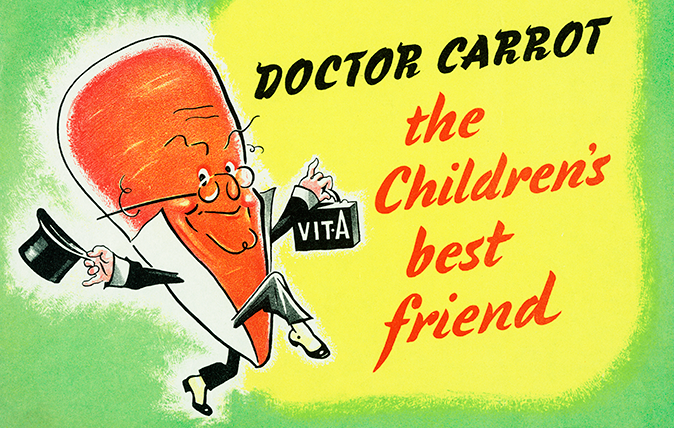
[RELATED: Victory in the Kitchen - How carrots helped Britain win the Second World War]
Even Walt Disney got into the act. One of their leading cartoonists, Hank Porter, created a whole family based on the Doctor Carrot idea, consisting of the likes of Carroty George, Pop Carrot, and Clara Carrot.
And it worked. The Ministry of Food in February 1941 was able to report: ‘The consumption of carrots has increased following the Ministry’s publicity campaign’. Whether the Germans were as gullible is another story.
Exquisite houses, the beauty of Nature, and how to get the most from your life, straight to your inbox.
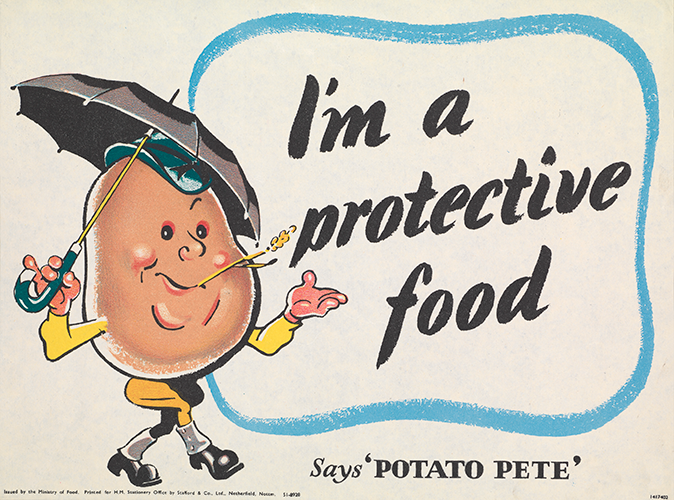
There is, though, a modicum of truth in the story. Carrots have long been known to be beneficial to the overall health of the eye because of its high vitamin A content.
Specifically, vitamin A protects the eyes from night blindness, and not having enough of the orange root vegetable can lead to problems such as dry eye and cataracts. So there is at least a case to make that the carrot helps to keep the eyes healthy, even if they don’t imbue you with the power to see at night.
And before we go, one additional carrot factoid. Their original colour was purple. It was only in the seventeenth century that the orange carrot that we are so familiar with started to appear, thanks to the work of Dutch horticulturists, probably in an attempt to get the colouration of the vegetable to match the national flag of the time.
So now we know!
Martin Fone is author of 'Fifty Curious Questions', from which this piece is an excerpt – find out more about his book or you can order a copy via Amazon.

Victory in the Kitchen: How the carrot helped Britain win the Second World War
Britain's ingenuity in the wartime extended to the kitchen, and there's no better example of this than the humble carrot.
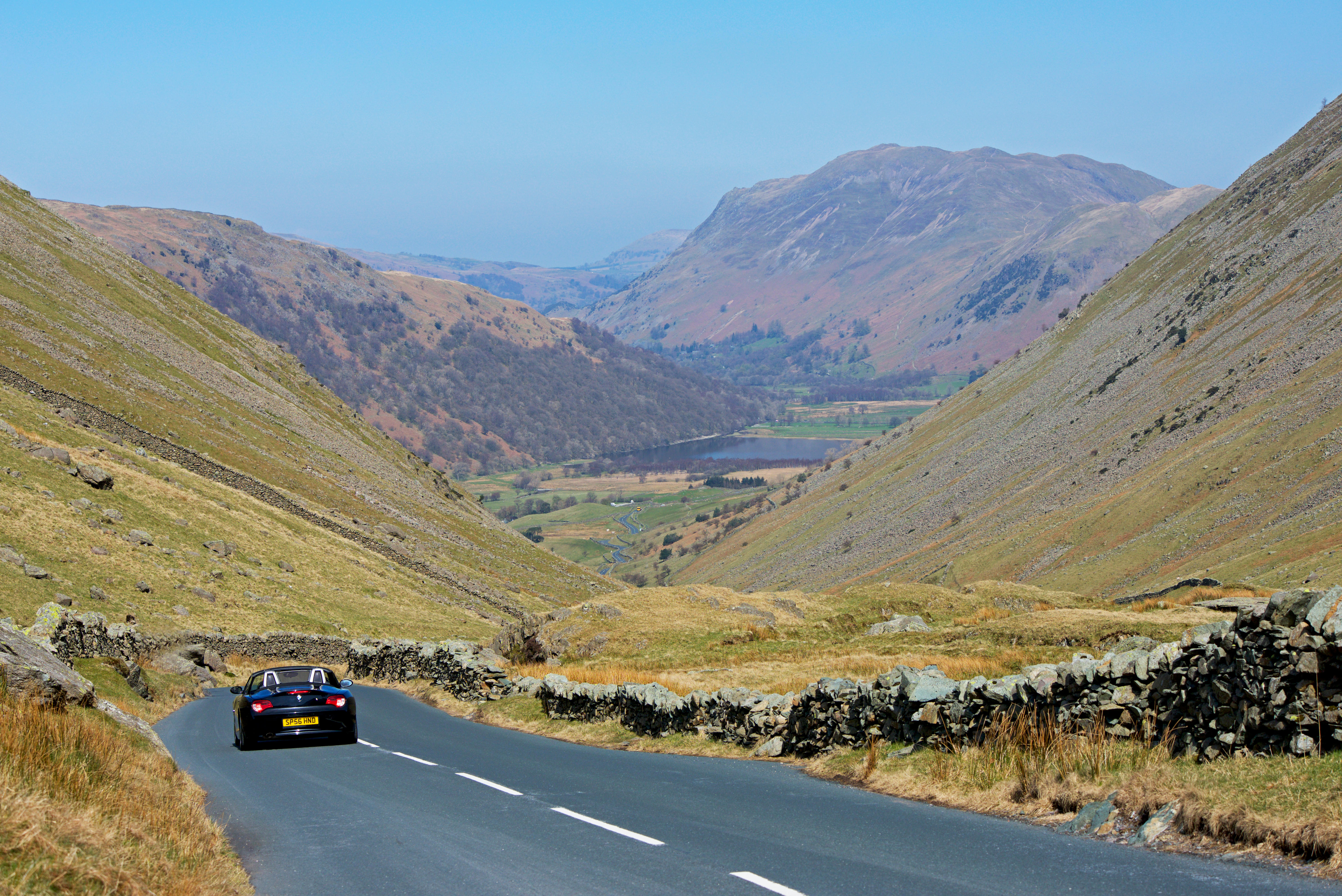
Curious Questions: Why do the British drive on the left?
The rest of Europe drives on the right, so why do the British drive on the left? Martin Fone, author
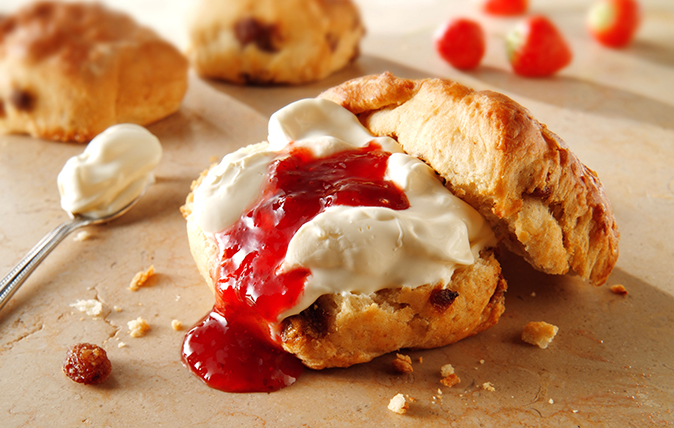
Curious Questions: How do you make the perfect cream scone?
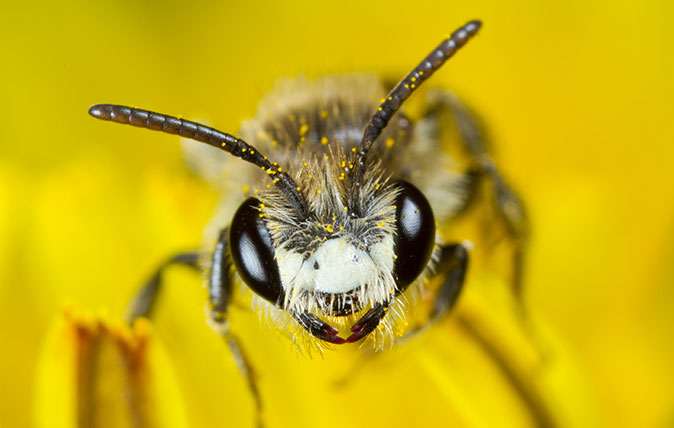
Credit: Alamy
Curious Questions: Are bees really busy?
We've all used the phrase 'busy as a bee' – but is it justified? Or are bees just as liable

Credit: Alamy
Curious Questions: Why does freshly-mown grass smell so good?
Nothing says 'Spring is here' better than that wonderful aroma of newly-cut lawn. Martin Fone, author of 'Fifty Curious Questions',
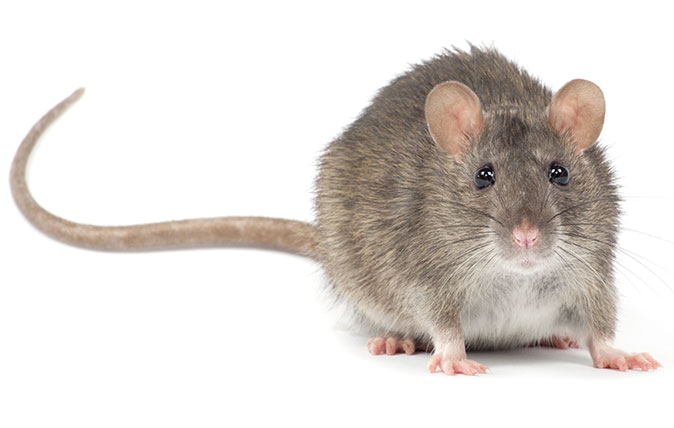
Credit: Alamy
Curious questions: Are you really never more than six feet away from a rat?
It's an oft-repeated truisim about rats, but is there any truth in it? Martin Fone, author of 'Fifty Curious Questions',
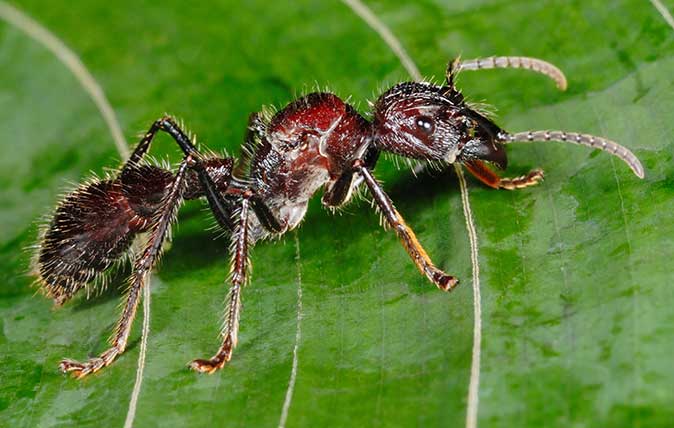
Credit: Photo by FLPA/Hugh Lansdown/REX/Shutterstock – Bullet Ant (Paraponera clavata) adult, standing on leaf in rainforest, Tortuguero N.P., Limon Province, Costa Rica
Curious Questions: What is the world’s most painful insect sting – and where would it hurt the most?
Can you calibrate the intensity of different insect stings? Martin Fone, author of 'Fifty Curious Questions', investigates.
After graduating in Classics from Trinity College Cambridge and a 38 year career in the financial services sector in the City of London, Martin Fone started blogging and writing on a freelance basis as he slipped into retirement. He has developed a fearless passion for investigating the quirks and oddities of life and discovering the answers to questions most of us never even think to ask. A voracious reader, a keen but distinctly amateur gardener, and a gin enthusiast, Martin lives with his wife in Surrey. He has written five books, the latest of which is More Curious Questions.
-
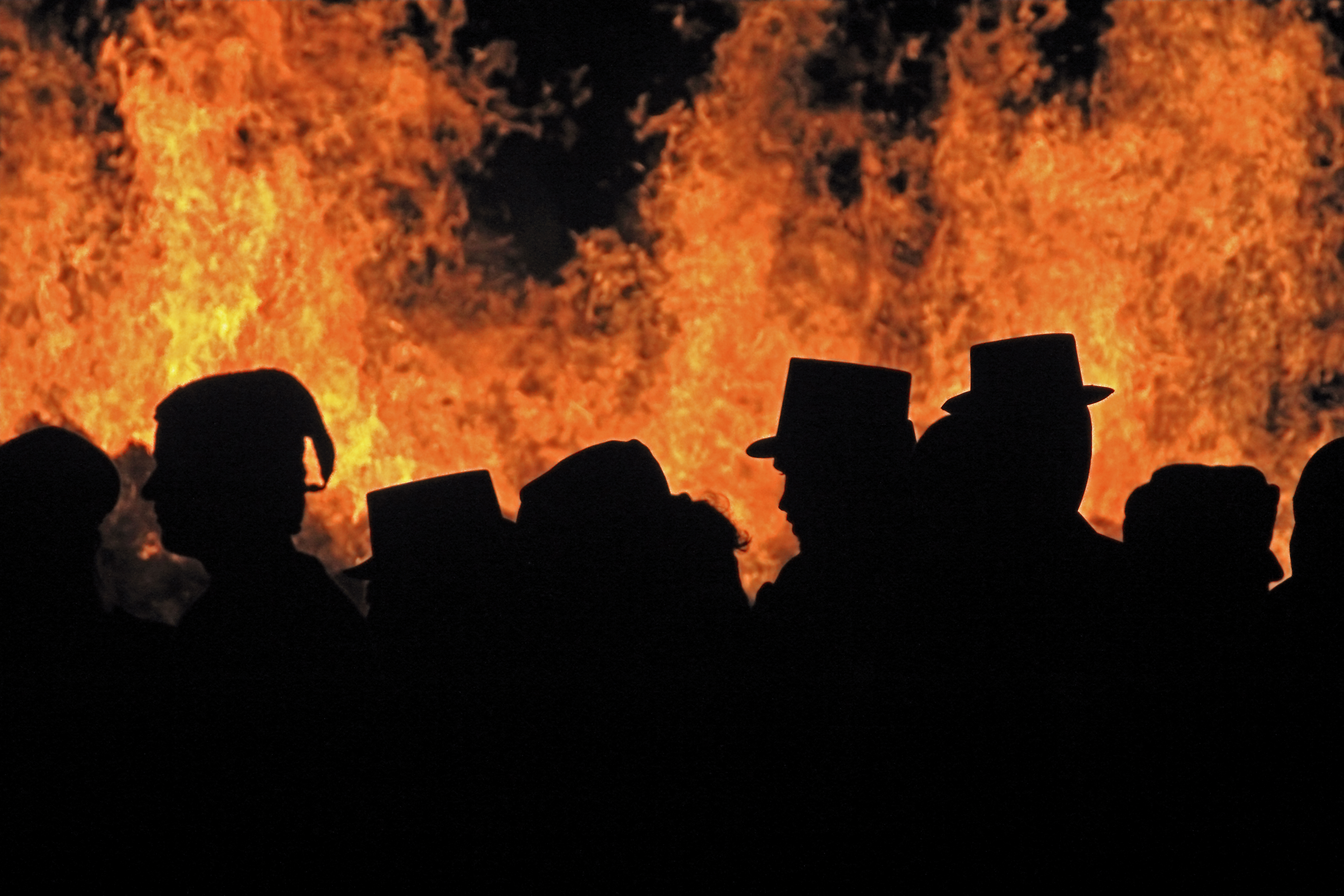 ‘Pope Paul V remains a popular effigy today, and gets blown up in Lewes most years’: A five minute guide to England’s wackiest Bonfire Night celebrations
‘Pope Paul V remains a popular effigy today, and gets blown up in Lewes most years’: A five minute guide to England’s wackiest Bonfire Night celebrationsThe market town of Lewes in East Sussex has not one, not two, but seven bonfire societies and its celebrations have been labelled the ‘only proper Guy Fawkes night left’.
-
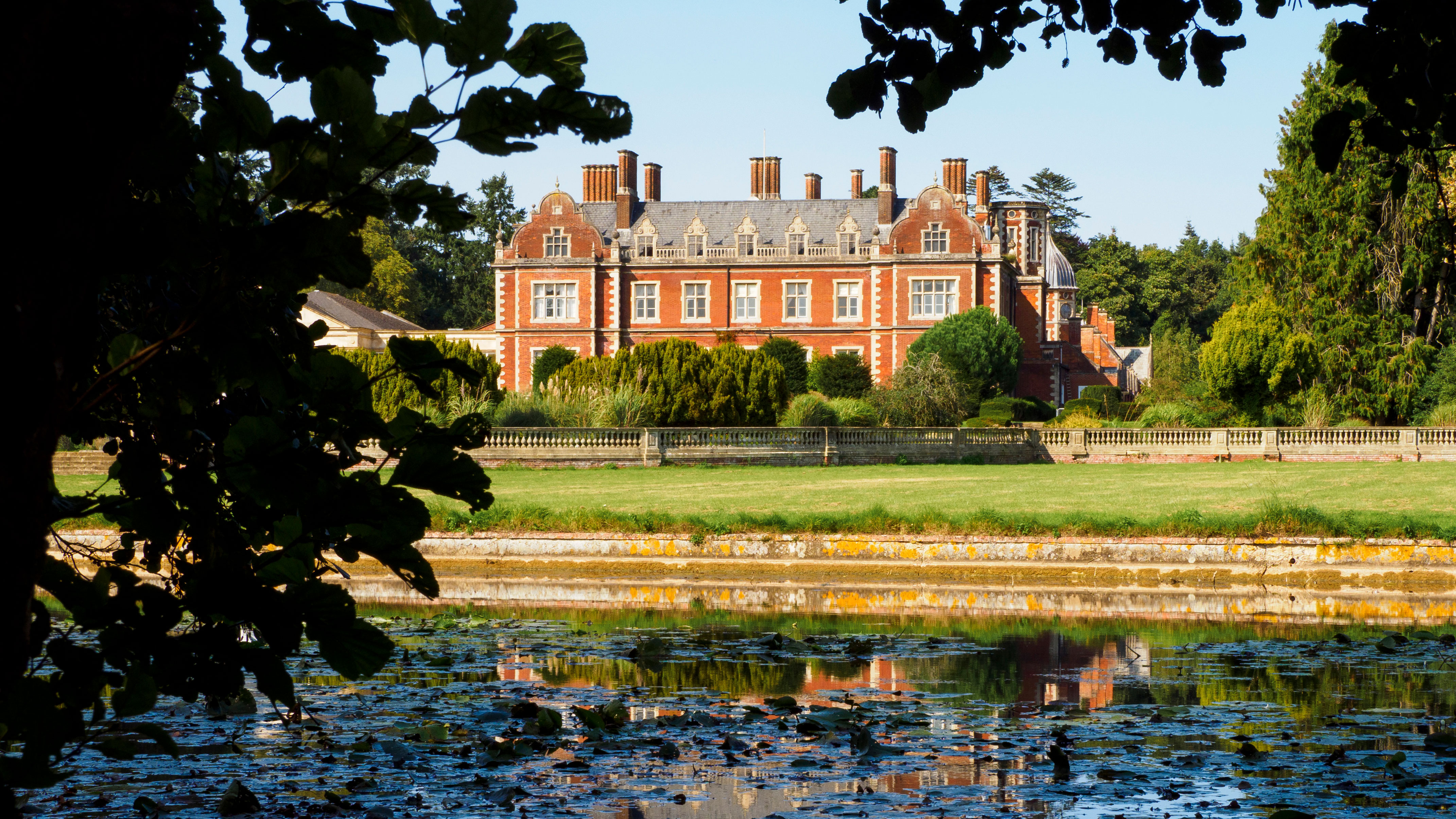 A country house that was the set for one of the best-loved sitcoms of the 1980s is for sale, with 40,000sq ft of space, 39 bedrooms and almost endless potential
A country house that was the set for one of the best-loved sitcoms of the 1980s is for sale, with 40,000sq ft of space, 39 bedrooms and almost endless potentialLynford Hall, a vast neo-Jacobean house that's been everything from a country hotel to an agricultural college, has come to the market. Toby Keel tells its story.
-
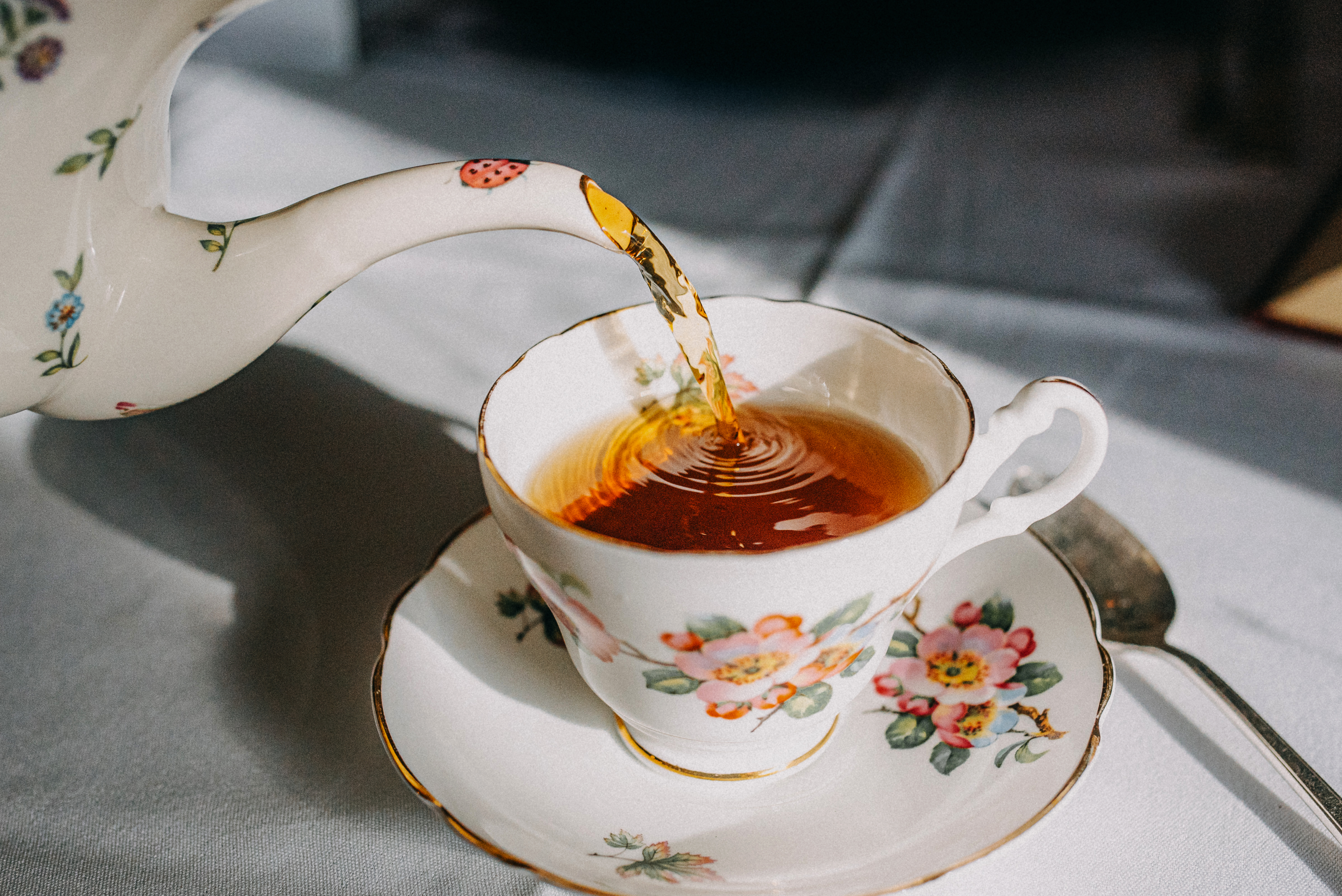 11 golden rules for making a perfect cup of tea
11 golden rules for making a perfect cup of teaWe drink tea every day, but are we doing it correctly? Who decided on the rules and do they really matter? Jonathon Jones reveals all.
-
 Curious Questions: What is the greatest April Fool's prank ever played?
Curious Questions: What is the greatest April Fool's prank ever played?As April 1 looms, Martin Fone tells the tale of one of the finest stunts ever pulled off.
-
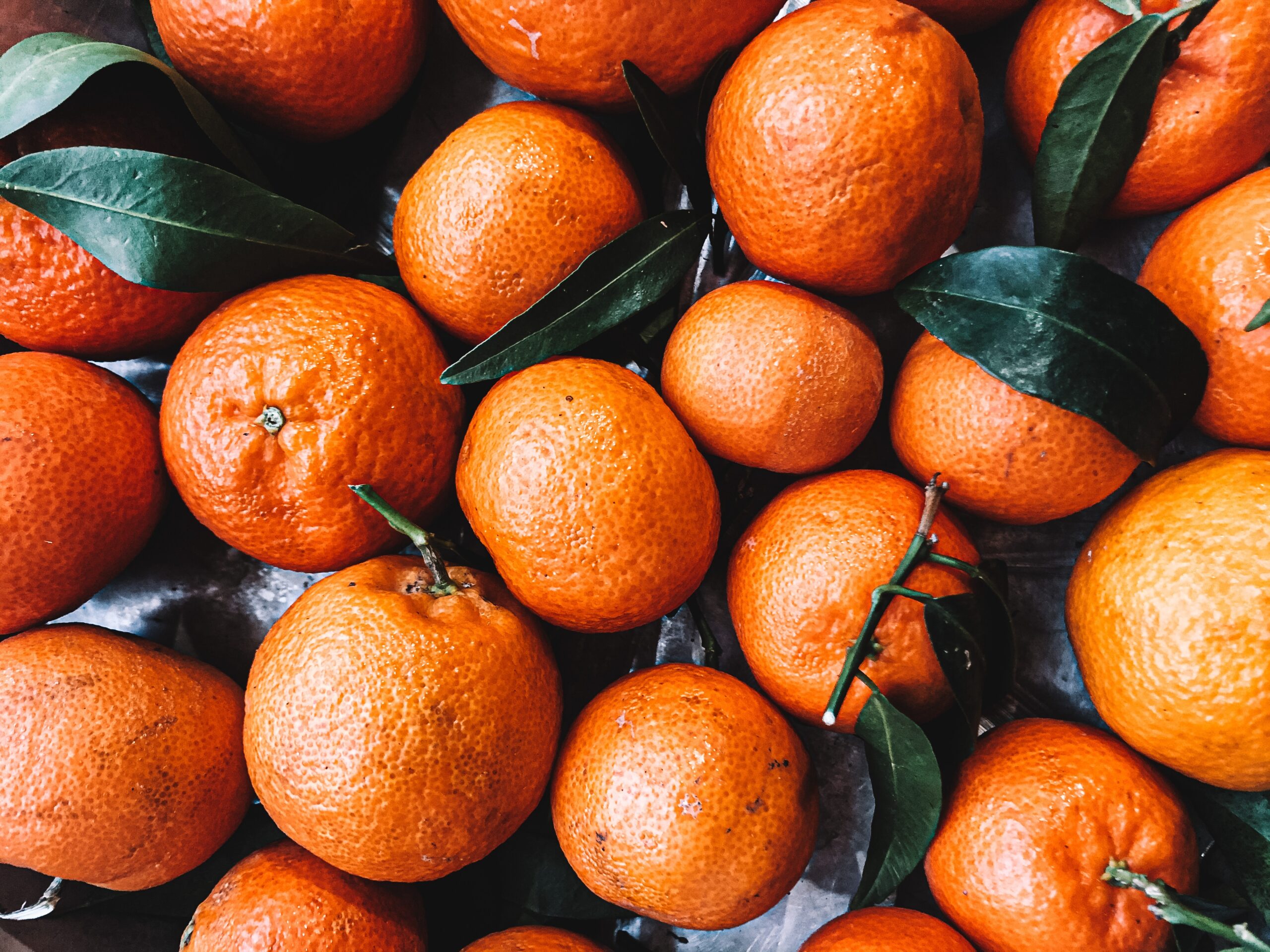 Curious questions: Why do we use Seville oranges to make marmalade?
Curious questions: Why do we use Seville oranges to make marmalade?Why do we use Seville oranges to make marmalade when there are more than 400 other varieties available worldwide? And do they really make the best preserve? Jane Wheatley investigates.
-
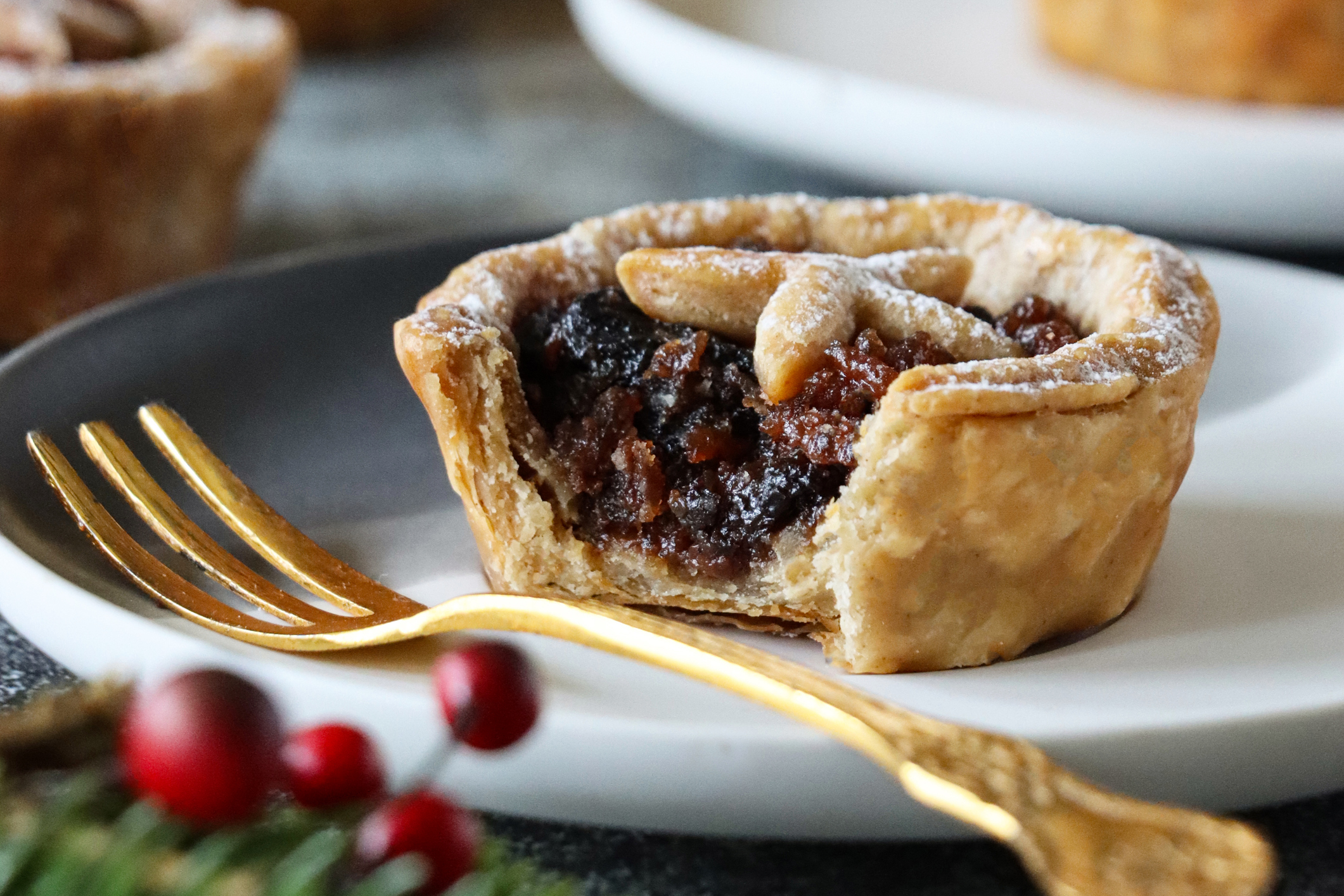 Mince pies really did once contain meat — and this Victorian recipe will convince you that they should to this day
Mince pies really did once contain meat — and this Victorian recipe will convince you that they should to this dayOnce packed with meat, such as ox tongue and mutton, alongside dried and candied fruit and extravagant spices, the mince pie is not what it once was — and food historian Neil Buttery says that's made them worse.
-
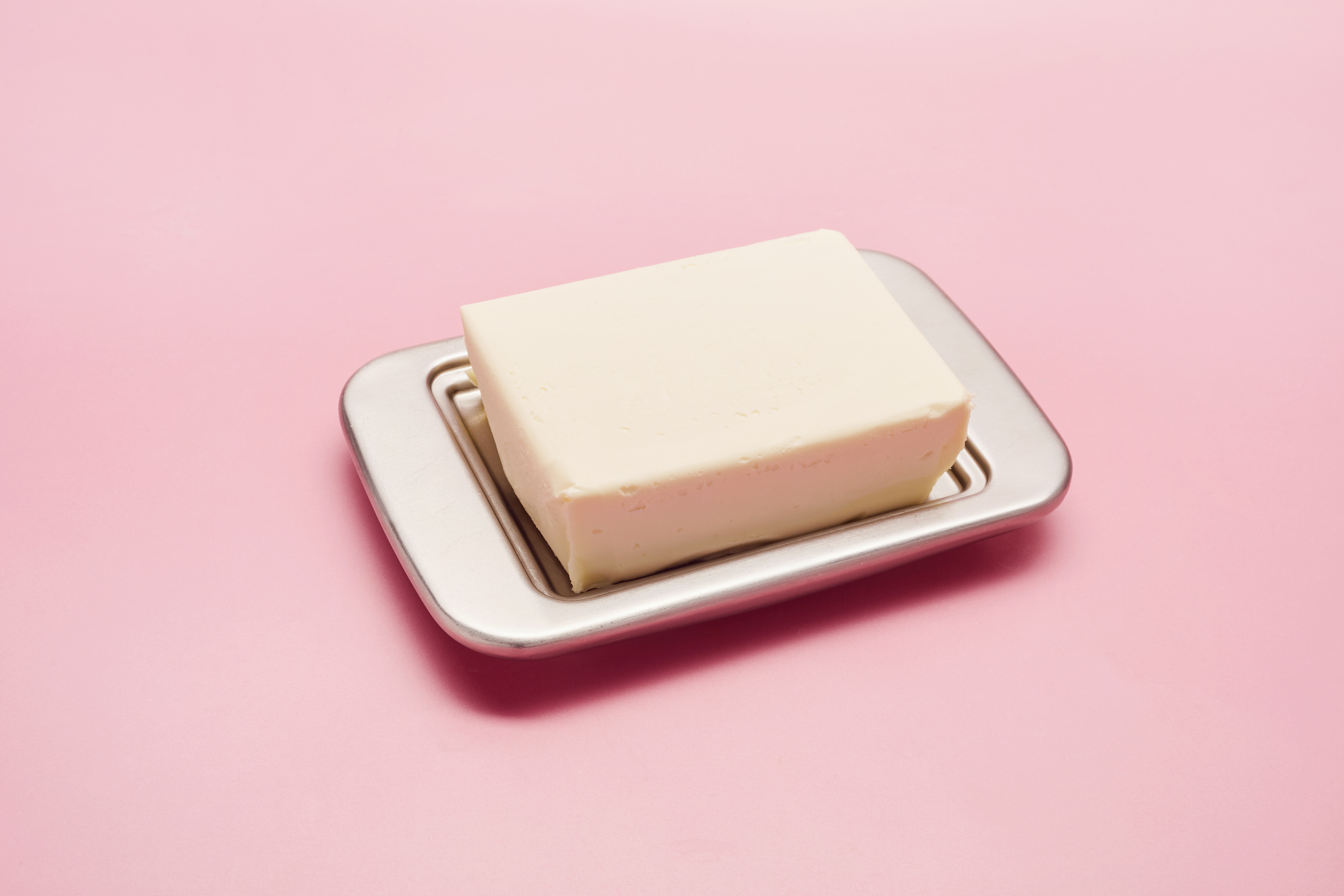 Curious Questions: Margarine used to be pink — but why?
Curious Questions: Margarine used to be pink — but why?Margarine has been a staple of our breakfast tables for over a century, but it hasn't always had a smooth ride — particularly from the dairy industry, who managed to impose a most bizarre sanction on their easily-spreadable, industrially mass-produced rival. Martin Fone explains.
-
 Curious Questions: Wine has been made in Britain for over 1,000 years — so why have we only just turned it into an industry?
Curious Questions: Wine has been made in Britain for over 1,000 years — so why have we only just turned it into an industry?With the UK wine industry booming, Martin Fone takes a look at its history.
-
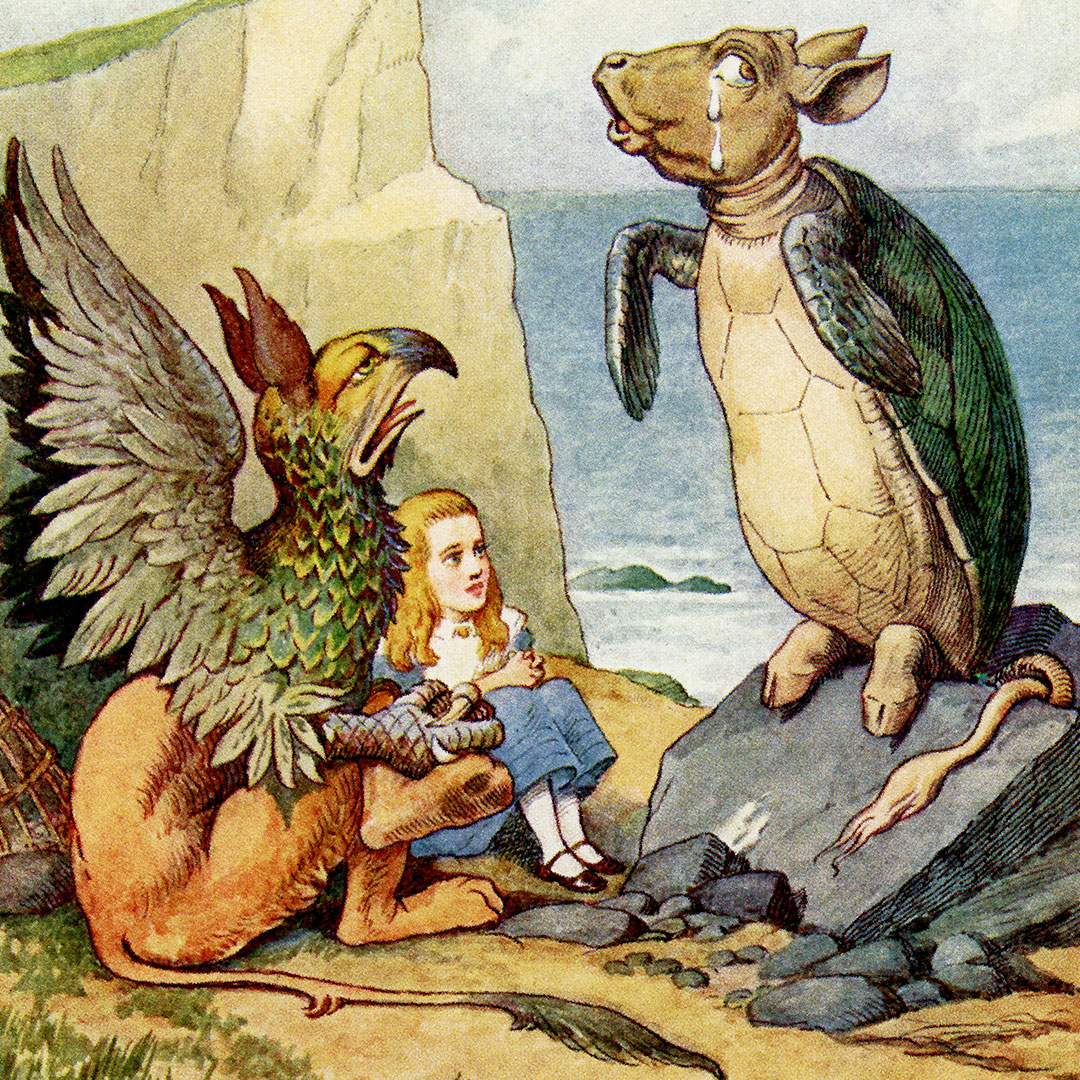 Curious Questions: What is mock turtle soup? And did it come before or after 'Alice in Wonderland'?
Curious Questions: What is mock turtle soup? And did it come before or after 'Alice in Wonderland'?Martin Fone delves into the curious tale of an iconic Victorian delicacy: mock turtle soup.
-
 A game of two halves — how the sandwich went from humble fare to a country-wide lunchtime obsession
A game of two halves — how the sandwich went from humble fare to a country-wide lunchtime obsessionWhat started life as a way to eat and play cards at the same time (so the story goes) is now the lunch of choice for the working world.
